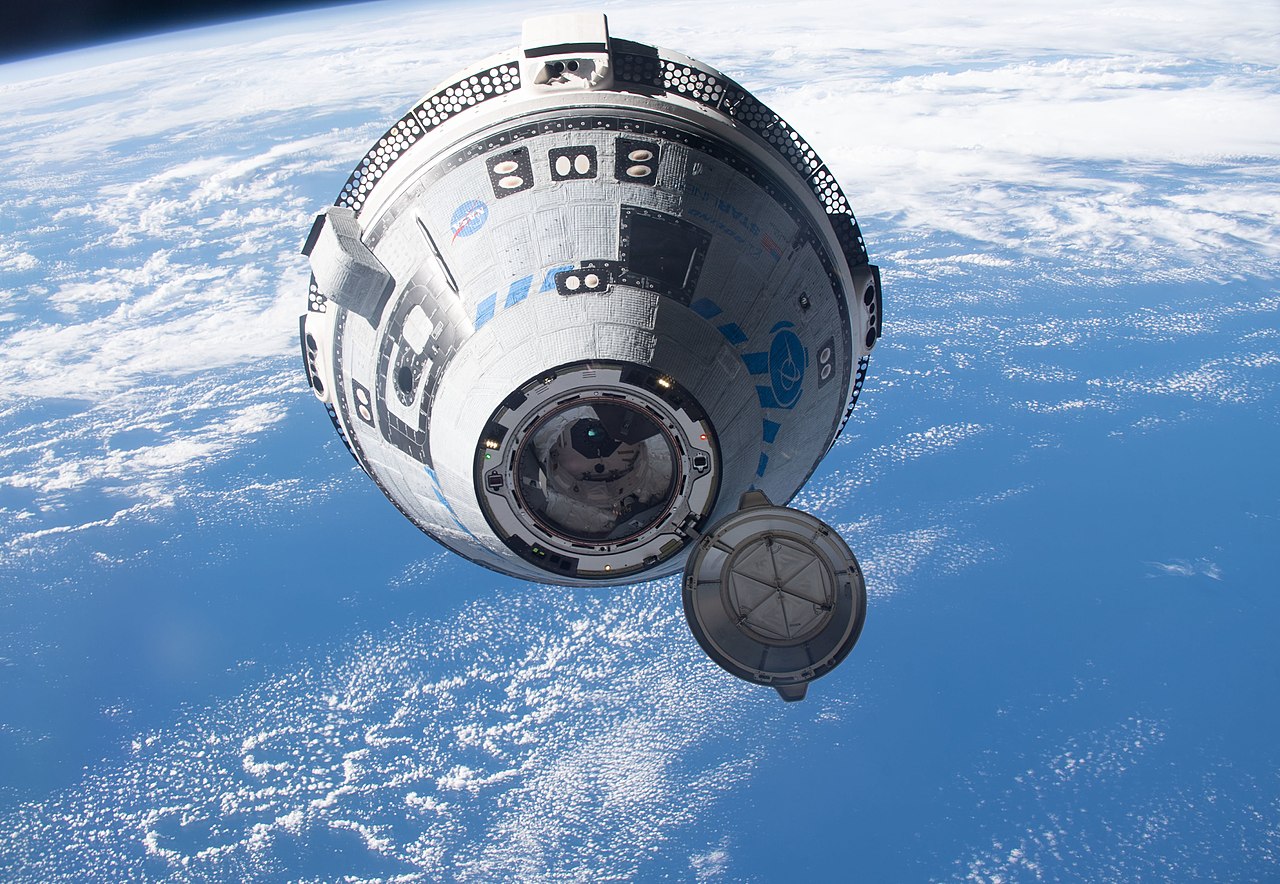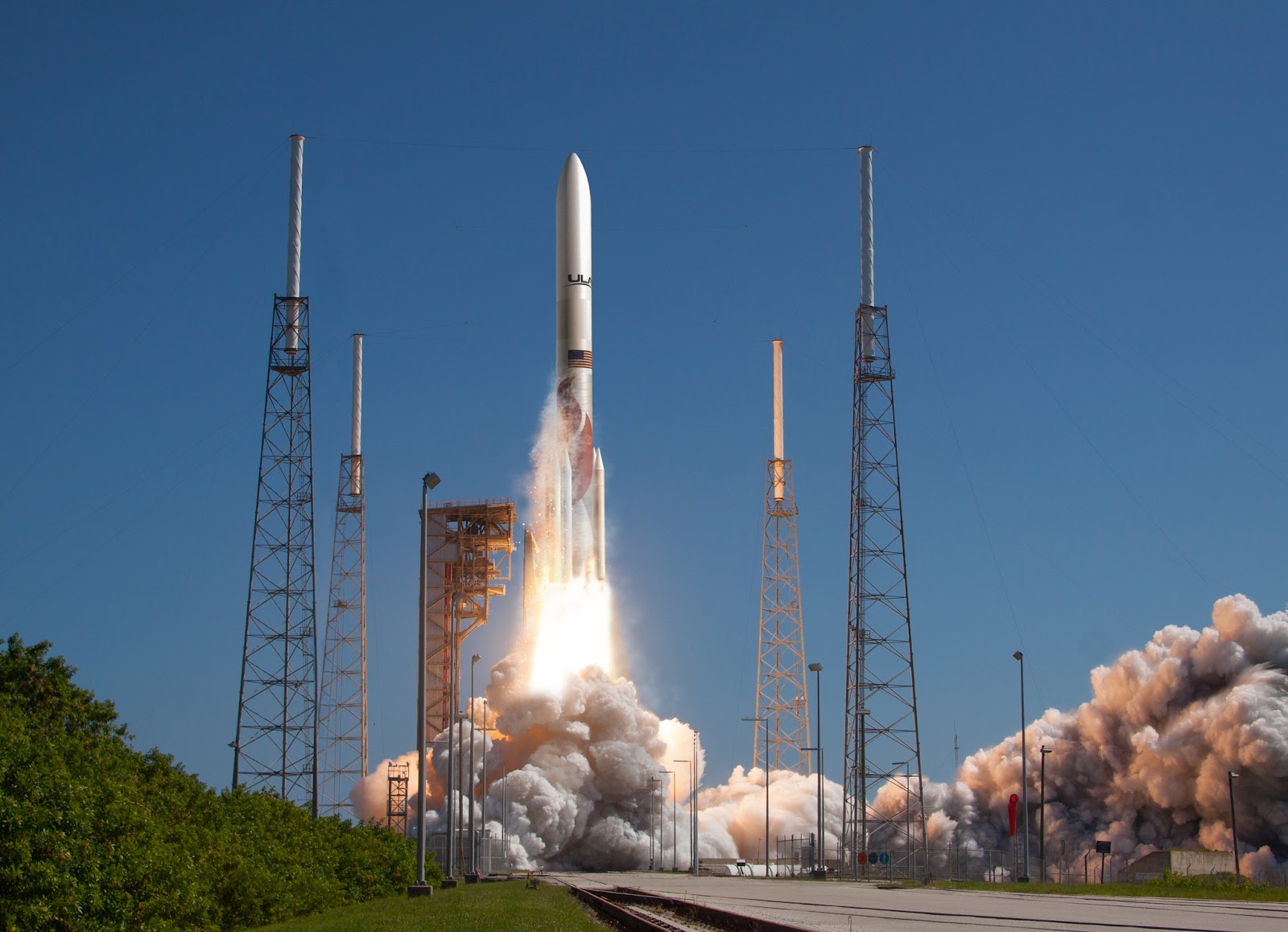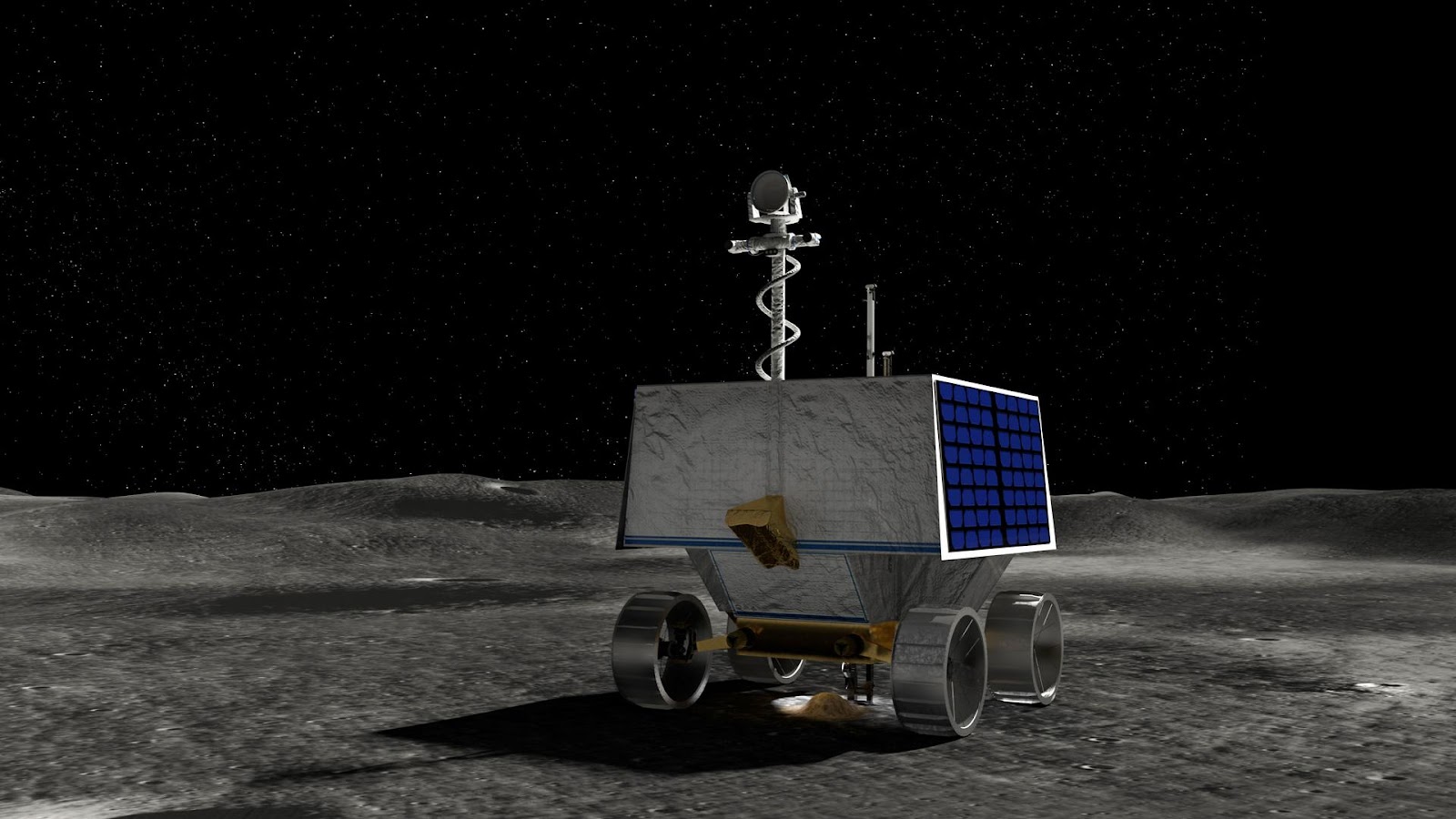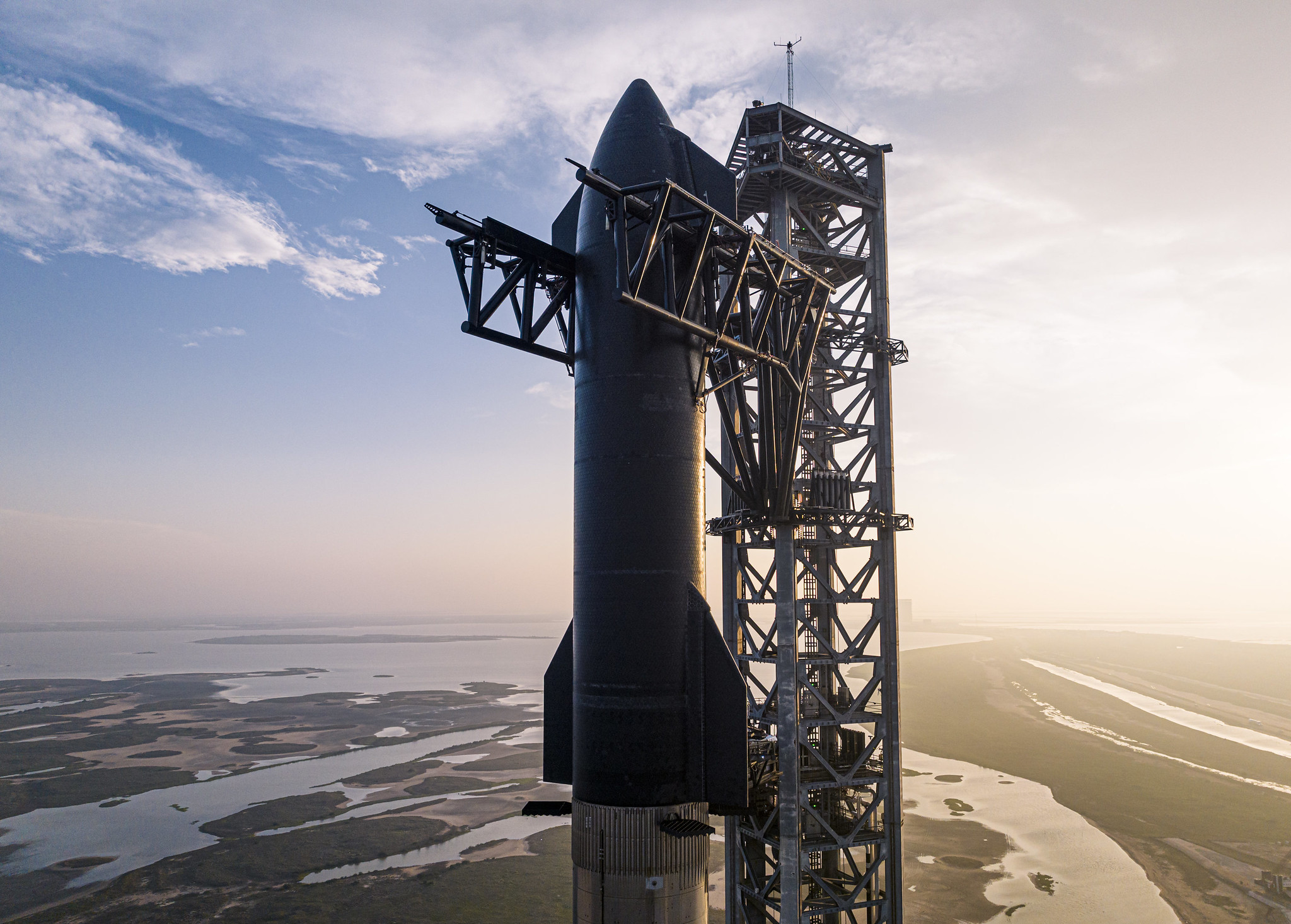This article is an installment of Future Explored, a weekly guide to world-changing technology. You can get stories like this one straight to your inbox every Thursday morning by subscribing here.
In 2023, NASA retrieved its first asteroid sample, SpaceX launched the world’s first “space factory,” and the biggest rocket ever made flew for the first time. This year is expected to be just as groundbreaking, so let’s take a look at the most exciting space missions planned for 2024.
The crewed crew
It’s been more than 60 years since cosmonaut Yuri Gagarin made history as the first person to reach space, and 2024 promises to further propel the field of human space exploration with several first-of-their-kind crewed missions:
Artemis 2
NASA expects to get a major step closer to returning people to the moon with this year’s Artemis 2 mission, which aims to send four astronauts around the moon and back over the course of 10 days. The launch is expected to happen no sooner than November and will mark the first crewed mission for NASA’s own massive Space Launch System and Orion capsule.
Polaris Dawn
Shortly after commanding (and financing) the first all-civilian spaceflight, billionaire entrepreneur Jared Isaacman announced plans for three more private flights aboard SpaceX spacecraft. The first of those, Polaris Dawn, is scheduled for April, and during it, crew members will attempt the first-ever commercial spacewalk.
Starliner
Over the past decade, NASA has given Boeing nearly $5 billion to develop Starliner, a capsule designed to carry astronauts to the ISS. After multiple delays, the spacecraft is finally expected to ferry a crew to the space station in mid-April. If all goes well, Boeing could start providing regular ISS transportation for NASA astronauts as soon as 2025.

First flights
About 30% of new rockets fail their first launch attempts, and only one rocket made by a private company has ever reached space on its first try. This year, several groups will run the stressful gauntlet of attempting to launch a new spacecraft for the first time:
New Glenn
Jeff Bezos’ aerospace company, Blue Origin, has been developing its heavy-lift reusable rocket, New Glenn, since 2012, and its maiden flight was one of our most anticipated space missions of 2023. That launch didn’t happen, though, and the spacecraft is now expected to take off in late-2024. If it manages to get off the ground, the rocket will launch a new NASA science mission, EscaPADE, to study Mars’ magnetosphere.
Vulcan Centaur
Like New Glenn, United Launch Alliance’s (ULA’s) new heavy-lift Vulcan Centaur rocket was expected to fly for the first time last year, and like New Glenn, that flight was pushed to 2024. ULA is farther along in development, though, and says its rocket could lift off as soon as January 8. In the future, the rocket is expected to be used for US national security missions.

Ariane 6
Arianespace’s Ariane 5 heavy-lift rocket was the primary launch vehicle for the European Space Agency (ESA) from 1996 until its retirement in 2023, and the French company is expected to launch the rocket’s replacement, Ariane 6, for the first time in mid-2024. If/when that happens, the 207-foot-tall rocket will become the biggest to come out of Europe (the world’s biggest rocket, SpaceX’s Starship, is 397 feet tall).
Tianlong-3
In April 2023, Chinese rocket startup Space Pioneer made history by being the first private company to reach orbit on its first launch attempt and the first Chinese company to launch a liquid-fueled rocket. As soon as May 2024, it’ll attempt to follow up that success with the maiden launch of a new, larger rocket, dubbed Tianlong-3.
Dream Chaser
Rockets aren’t the only new spacecraft coming in 2024. Since the retirement of the Space Shuttle, NASA has relied on uncontrolled, parachute-assisted landings to return people and cargo from the ISS, and that limits when and where those landings can happen. To give itself more flexibility, it is paying Colorado-based startup Sierra Space to develop a reusable spaceplane, Dream Chaser, that can land on commercial runways after cargo missions to the ISS. Its maiden flight is scheduled for this year.

To the moon(s)
Our moon is expected to receive a lot of visitors in 2024, while a couple of missions will fly beyond Earth’s orbit to study some of the other moons populating our solar system:
Eight local missions
Peregrine-1, a lander built by Pittsburgh-based Astrobotic and funded by NASA’s Commercial Lunar Payload Services (CLPS) program, is expected to launch via the maiden flight of ULA’s Vulcan Centaur rocket later in January. If its attempted landing, about 6 weeks later, is a success, Astrobotic will be the first private company to land on the moon.
Houston-based Intuitive Machines could snag the title before Astrobotic, though — its own CLPS-funded lunar lander, Nova-C, is prepped to launch aboard a SpaceX Falcon 9 rocket in mid-February and is expected to touch down on the moon less than a week after launch. The company plans to send two more Nova-C landers to the moon later this year.
Firefly Aerospace — the Texas-based company behind last year’s record-breaking Victus Nox mission — has a lunar lander, Blue Ghost, expected to launch this year, too. Another CLPS-funded spacecraft, it’ll deliver 10 NASA-sponsored payloads to the moon’s surface.
On the public side, JAXA’s Smart Lander for Investigating Moon (SLIM) is expected to reach the lunar surface on January 20. In May, China plans to launch the Chang’e 6 rover, which will attempt to collect the first samples from the far side of the moon, and NASA expects to land its golf cart-sized Volatiles Investigating Polar Exploration Rover (VIPER) on the moon in late-2024.

Martian Moons eXploration
In addition to sending a lander to our moon, JAXA also plans to launch its Martian Moons eXploration (MMX) mission in 2024. That spacecraft will study both of Mars’ moons — Phobos and Deimos — up close and attempt to retrieve a sample of Phobos. A major goal of the mission is to determine the moons’ origins. Were they once asteroids, captured by Martian gravity? Or did they form after Mars was impacted by a giant space rock?
Europa Clipper
NASA is also looking beyond Earth’s orbit with the launch of a mission to Jupiter’s moon Europa in October 2024. After reaching its destination in 2031, the Europa Clipper spacecraft will perform nearly 50 flybys of the moon, with the goal of helping NASA determine whether the oceans beneath its icy shell could support life.

Best of the rest
Those moon missions, maiden rocket launches, and crewed flights aren’t the only exciting events we have to look forward to in 2024:
Hera
In 2022, NASA’s Double Asteroid Redirection Test (DART) slammed into the asteroid Dimorphos, significantly changing its trajectory. In October, ESA will launch Hera, a mission to study the aftermath of the DART impact up close with the goal of gathering information that could help us replicate the feat if we ever spot a space rock on a collision course with Earth.
Parker Solar Probe
NASA’s Parker Solar Probe made history in 2021 by becoming the first spacecraft to enter the sun’s atmosphere. In December 2024, it’s expected to complete the closest of its 24 orbits around the sun, swooping within just 3.9 million miles of its “surface” to collect data that could enhance our understanding of the sun’s corona, solar wind, and more.
Starship
The first and second test flights of SpaceX’s Starship rocket were the biggest stories in space in 2023, but while the second flight did reach space, both launches ended with explosions. SpaceX aims to fly several more Starships in 2024, meaning there’s a good chance this will be the year one of the massive rockets completes a flight in one piece — a huge milestone on the path to using the rocket to return people to the moon and, eventually, put boots on Mars.

We’d love to hear from you! If you have a comment about this article or if you have a tip for a future Freethink story, please email us at [email protected].



